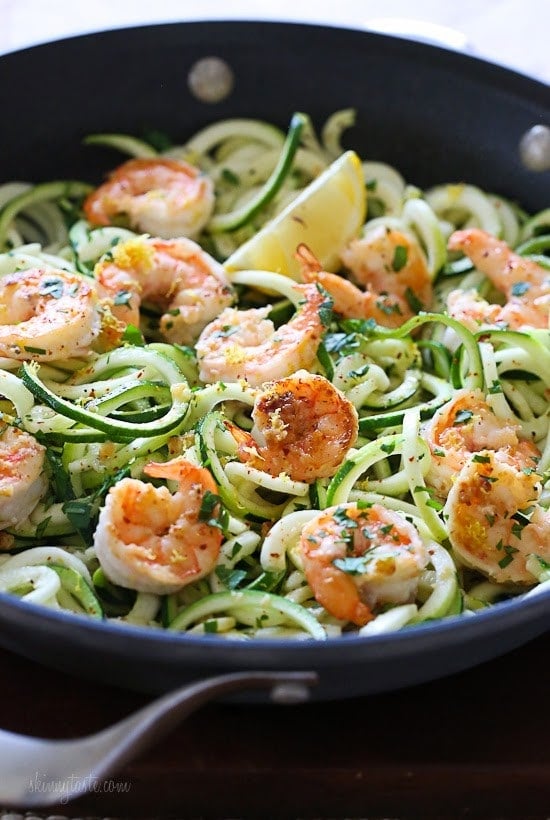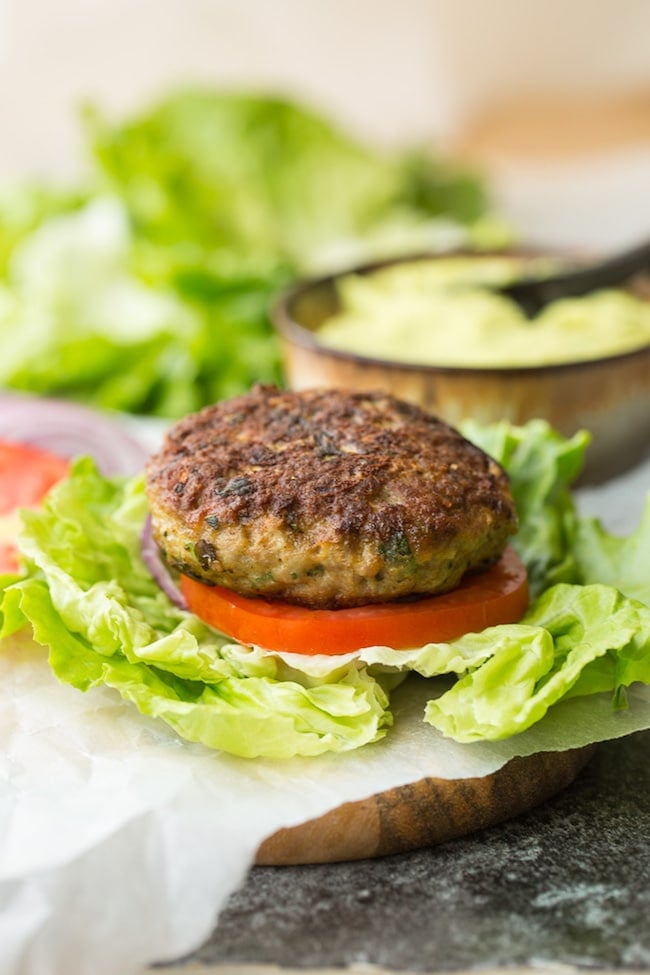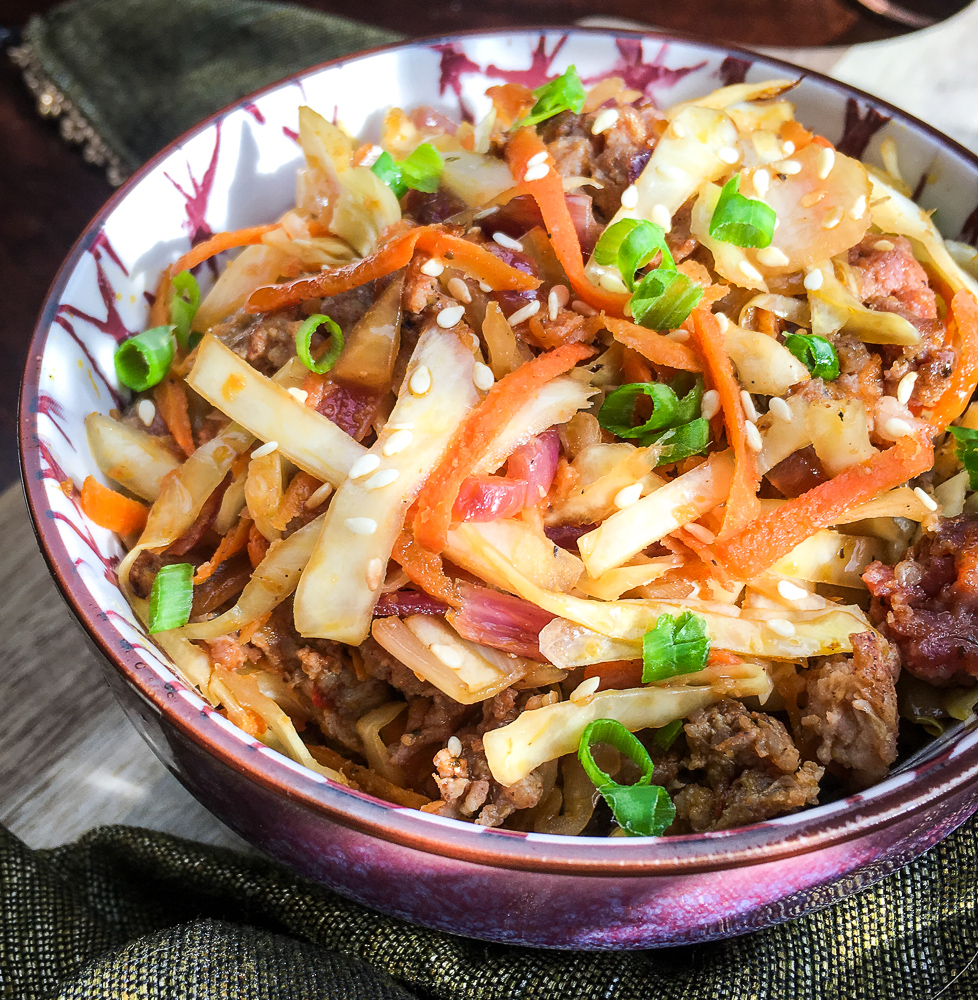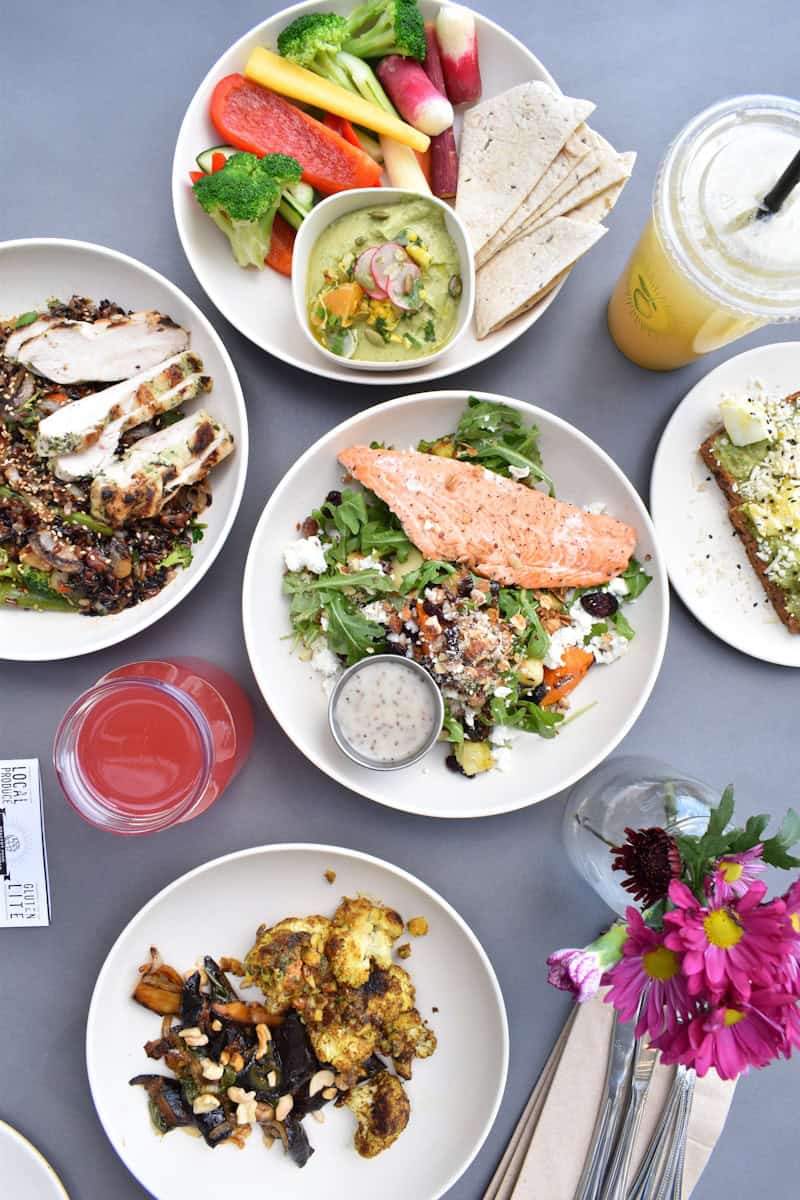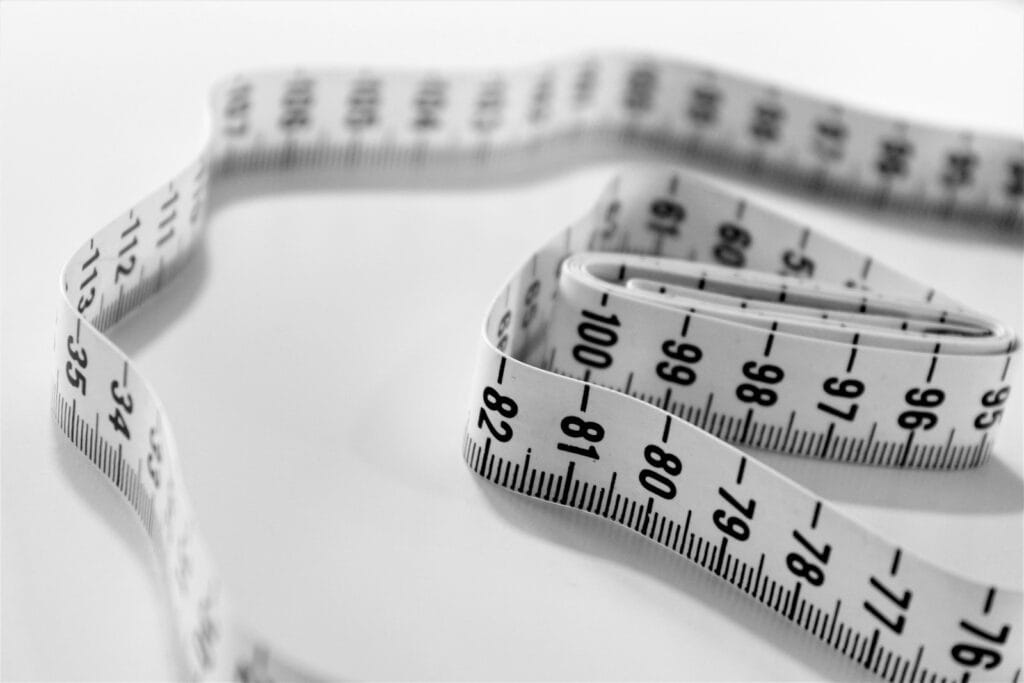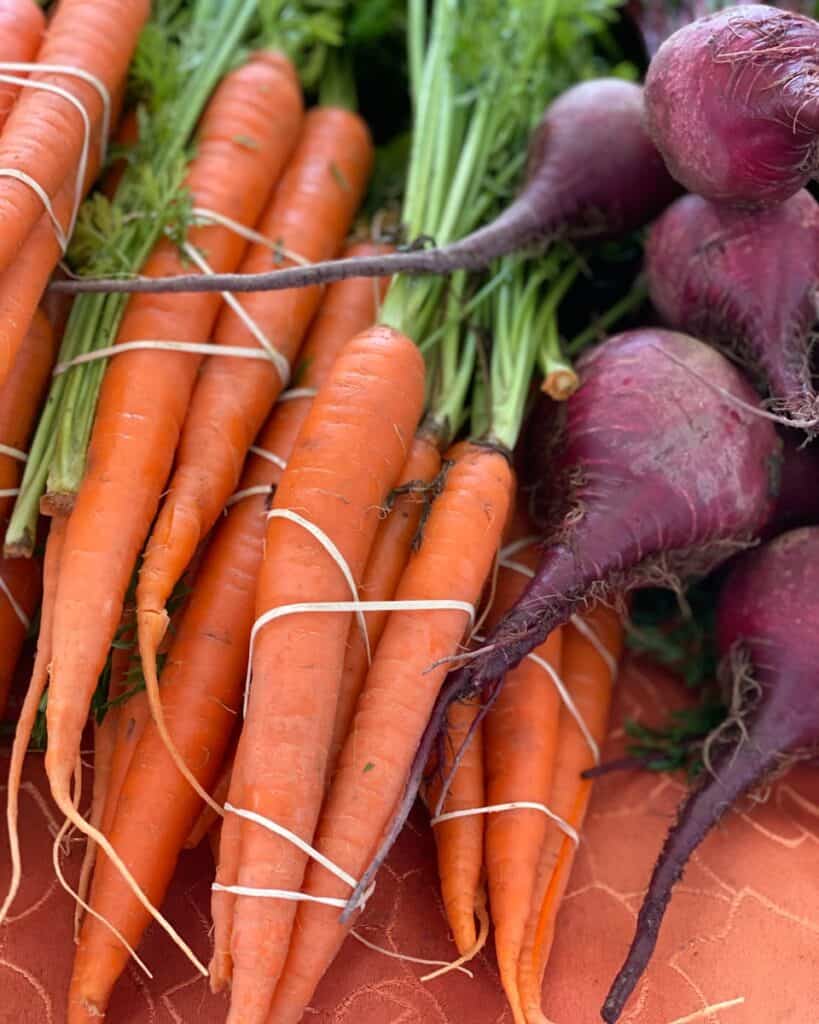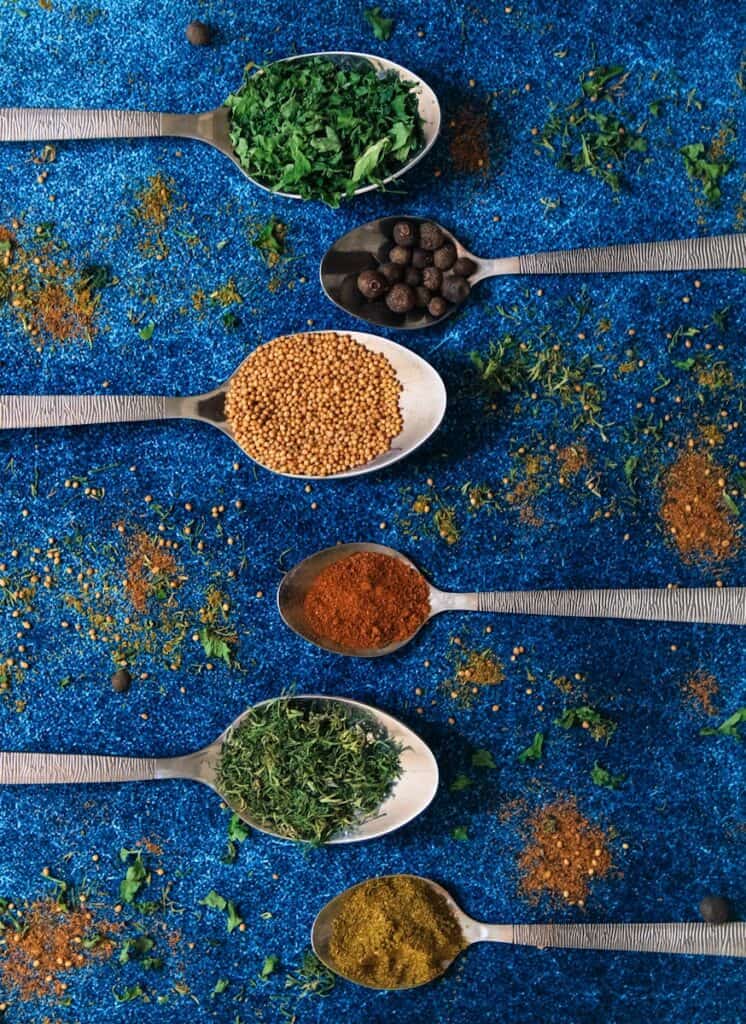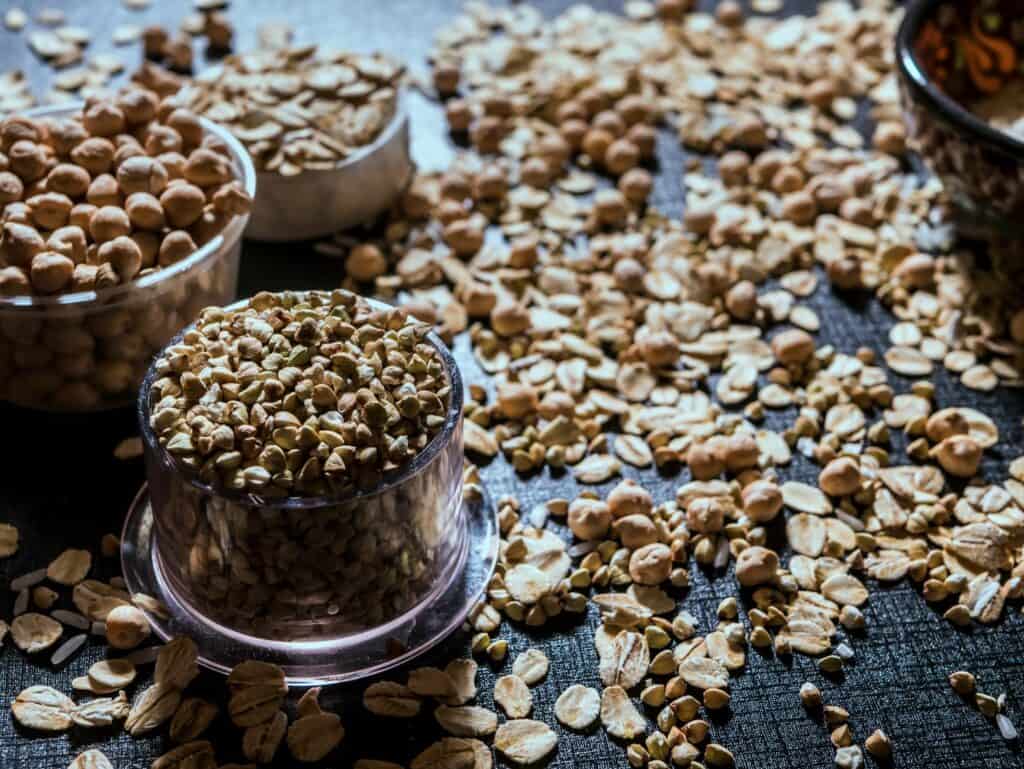Going low carb on a vegan diet may seem challenging at first after all, many plant-based staples like bread, rice, and lentils are rich in carbs. But what if you want to enjoy the benefits of a low carb vegan diet without compromising your vegan lifestyle?
The challenge lies in the fact that most quick vegan meals rely heavily on grains and starches, which can leave you feeling sluggish or hinder your progress if you’re mindful of carbs.
However, you can successfully follow a low carb vegan diet by making a few key substitutions.
Research shows that low-carb diets can be incredibly effective for weight management and blood sugar control.
Unfortunately, the typical vegan diet often gets over half its calories from carbs. The good news is, this doesn’t have to be your reality!
The solution? Opt for low-carb vegan meals that include nutrient-dense foods like creamy avocado, protein-packed tempeh, and hearty chia seeds.
Keep reading for a guide on how to structure satisfying meals while keeping carbs in check.
You’ll be able to enjoy vibrant, nutrient-rich meals that fuel your body—without the carb overload or compromise on ethical values.
Why Try a Low Carb Vegan Diet?
Reducing carbs can help promote weight loss, stabilize blood sugar levels, and improve energy. Many people assume that adopting a low carb vegan diet requires animal products, but that’s not the case.
With proper planning, you can maintain a plant-based low-carb diet that’s rich in fiber, protein, and healthy fats.
Depending on you aim to manage your weight or improve digestion, a low carb vegan diet can be both fulfilling and beneficial for overall health.
Understanding the benefits of a low carb vegan diet is crucial before you embark on this journey.
As you consider how it can support your health goals either it is for that’s weight loss, better energy, or stable blood sugar as it’s important to know what challenges may arise along the way.
Let’s explore some common obstacles and how to overcome them.
Common Challenges of a Low Carb Vegan Diet
Switching to a low carb vegan diet comes with its own set of challenges. Many plant-based proteins, like beans and lentils, contain high amounts of carbohydrates.
Staples like whole grains, which are often a mainstay in a vegan diet, also contribute to the carb count.
Achieving balance requires careful selection of foods that provide protein and fats without the carb overload.
Another challenge is ensuring variety. Without proper planning, meals can quickly become repetitive. Nutrients such as B12, iron, and omega-3 fatty acids require extra attention.
With the right food choices, however, these obstacles are manageable.
Manage the challenges of a low carb vegan diet can seem daunting at first. Yet, with the right knowledge and planning, you’ll discover ways to make the transition easier and more enjoyable.
Knowing the best sources of protein and understanding how to maintain variety in your meals can help you stay on track.
Best Low Carb Vegan Protein Sources
Protein is essential for muscle repair and overall health. While most plant-based protein sources come with some carbs, there are still great low-carb vegan protein options available.
Tofu and tempeh are fantastic options, offering minimal carbohydrates while providing high-quality protein. Seitan, made from wheat gluten, is another excellent choice for a low carb vegan diet.
Nuts and seeds, such as almonds, pumpkin seeds, and hemp seeds, are packed with protein and healthy fats. Non-starchy vegetables like spinach, kale, and mushrooms also contribute some protein.
Combining these foods can help you meet your protein needs while keeping carbs in check. When it comes to building your meals on a low carb vegan diet, protein is an essential building block.
There are many plant-based options to explore, but choosing the right sources will ensure you’re getting the right balance without excess carbs.
After understanding where to get your protein, let’s take a closer look at the healthy fats that will help complete your low-carb meals.
Healthy Fats for a Successful Low Carb Vegan Diet
Healthy fats are crucial for ensuring fullness and providing steady energy. Without them, meals may feel incomplete.
Avocados are an outstanding source of healthy fats with very few carbs. Nuts and seeds, including chia, flax, and walnuts, offer essential fatty acids.
Coconut products, like coconut oil and coconut milk, can add richness to your meals. Olive oil and other plant-based oils are also perfect for cooking.
These fats are not only essential for satiety but also support brain function, hormone balance, and overall wellness.
This including healthy fats in your meals makes it easier and more enjoyable to stick to a low carb vegan diet. with including healthy fats into your low carb vegan diet is just as important as getting the right amount of protein.
Fats not only support your energy levels but also make meals more satisfying. Choosing the right fats can help you stay full and energized throughout the day.
With the right mix of fats and protein, you’re now ready to look at the best vegetables and fruits for your meals.
Top Low Carb Vegan Vegetables and Fruits
Not all plant-based foods are high in carbs. Many vegetables and some fruits fit well into a low carb vegan diet.
Leafy greens such as spinach, arugula, and kale are excellent choices. Cruciferous vegetables like broccoli, cauliflower, and Brussels sprouts provide fiber without excessive carbs.
Zucchini, eggplant, and bell peppers are versatile and can be added to various dishes.
When it comes to fruits, opt for berries: strawberries, raspberries, and blackberries are lower in carbs than other fruits like bananas or apples.
By selecting non-starchy vegetables and low-carb fruits, you can enjoy nutrient-dense meals while keeping carbs low.
While protein and fats are essential, vegetables and fruits play a vital role in any low carb vegan diet.
They’re packed with nutrients and fiber, and many can be included without throwing off your carb count.
Now that we’ve covered the main components of your meals, let’s talk about how to put it all together to create a balanced and delicious meal plan.
How to Plan Balanced Meals on a Low Carb Vegan Diet
A well-rounded low carb vegan meal should include a combination of protein, fat, and fiber. Start with a protein source like tofu or tempeh. Then, add non-starchy vegetables for bulk and nutrients.
Include a healthy fat source, such as avocado or olive oil, to enhance flavor and keep you full longer. Spices and herbs add flavor without additional carbs.
For example, a salad with leafy greens, hemp seeds, and tahini dressing is a great option. Or, a stir-fry with tofu, broccoli, and coconut oil is another delicious choice.
Planning ahead makes sticking to a low carb vegan diet easier and more enjoyable. Planning balanced meals on a low carb vegan diet can be fun and rewarding once you understand the essentials.
The key is to create meals that include protein, healthy fats, and fiber. The possibilities are endless, but to make it even easier.
Low Carb Vegan Snack Ideas
Snack time can be tricky on a low carb vegan diet. Many traditional vegan snacks, such as fruit, granola bars, and hummus with crackers, are carb-heavy.
Instead, choose low-carb vegan snacks like handfuls of nuts or seeds for protein and healthy fats. Coconut chips provide a satisfying crunch, while cucumber slices paired with guacamole or olives make for a refreshing snack.
Nut butter on celery sticks is also an excellent option to help curb your hunger between meals. When hunger strikes between meals, it’s important to have go-to snacks that fit into your low carb vegan diet.
Selecting the right snacks will not only help curb your cravings but also keep you energized throughout the day.
Now that we’ve covered meal options and snacks, let’s take a look at the key nutrients you should focus on to ensure your diet remains balanced and healthy.
Key Nutrients to Watch on a Low Carb Vegan Diet
Certain nutrients need to be monitored on a low carb vegan diet. Vitamin B12, for example, is not naturally found in plant-based foods, so supplementation is necessary.
Iron is available in plant sources such as spinach and pumpkin seeds, but pairing them with vitamin C helps improve absorption.
Omega-3 fatty acids, found in walnuts, chia seeds, and flaxseeds, support heart health. Zinc, present in nuts and seeds, is also vital for immune function.
By paying attention to these key nutrients, you can ensure that your low carb vegan diet remains balanced and healthy.
A low carb vegan diet requires attention to specific nutrients to ensure you’re meeting all of your dietary needs.
While you focus on limiting carbs, it’s essential to make sure you’re still getting the vitamins and minerals your body needs.
FAQ Section
- Can you follow a low carb vegan diet?
Yes! With careful planning, a low carb vegan diet is entirely possible. Focus on low-carb vegetables, plant-based protein sources, and healthy fats to maintain balance. - What can I eat on a low carb vegan diet?
A low carb vegan diet includes foods like tofu, tempeh, avocado, leafy greens, nuts, seeds, and non-starchy vegetables. These foods provide protein, healthy fats, and essential nutrients without the carbs. - Is tofu low carb and vegan?
Yes, tofu is both low in carbs and vegan. It’s a fantastic source of protein for a low carb vegan diet. - What are some quick low carb vegan meal ideas?
Try a tofu stir-fry with broccoli and coconut oil, a salad with avocado and hemp seeds, or zucchini noodles with tahini dressing. These meals are easy to prepare and fit perfectly into a low carb vegan diet.
Conclusion:
In conclusion, adopting a low carb vegan diet can be a rewarding and sustainable way to support your health and well-being.
With the right balance of plant-based proteins, healthy fats, and low-carb vegetables, it’s possible to create delicious meals that nourish both your body and your ethical values.
Planning ahead and choosing nutrient-dense foods is key to ensuring you get the necessary vitamins and minerals, such as B12 and omega-3s.
As you explore this way of eating, you’ll discover a variety of tasty options that keep you energized and satisfied without compromising your goals.
And remember, a low carb vegan diet doesn’t mean sacrificing flavor or nutrition—it’s all about smart choices and mindful preparation.
So, take it one step at a time, and you’ll soon enjoy the benefits of a healthier, plant-based lifestyle.
Adopting a low carb vegan diet can be a rewarding choice that supports your health and ethical values.
With making thoughtful food choices and planning ahead, you’ll find that this way of eating can be both enjoyable and sustainable.
Take each step at your own pace, and soon you’ll experience the benefits of a healthier, plant-based lifestyle without sacrificing taste or nutrition.









